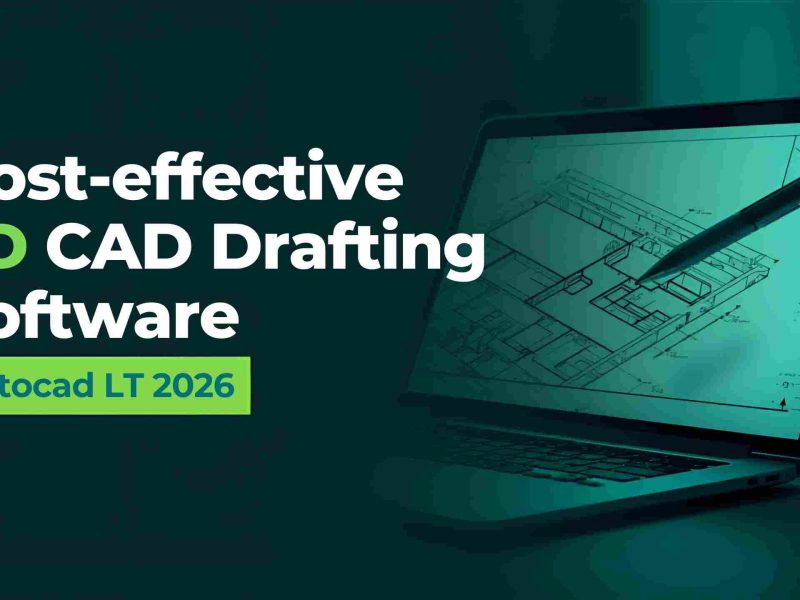How long does it take to manufacture a PCB? Typically, it takes 3 to 14 business days to produce a finished board, depending on the parameters you specify when placing your order. However, delays can occur if you have issues with your files or order. If you need the PCB by a specific date, Digikey recommends placing your order well in advance. A typical board is completed in three to five days, so it’s important to plan ahead.
Typical thickness of a pcb
When it comes to PCB thickness, it is crucial to know how much material the board contains. There are various methods for determining this. A trace width calculator is a helpful tool that will let you know what kind of thickness your board needs. To use the calculator, you will need to know the size and shape of your board, as well as the thickness of the prepreg and solder mask. Once you have those measurements, the calculator will give you an estimate of the thickness of the board in millimeters.
Typically, a PCB is 0.062 inches thick – 1.57mm. Depending on the application, the thickness can vary. In general, it’s best to go with a standard thickness of 0.062 inches (0.8cm). The standard thickness of a PCB is 0.78mm, but you can also get PCBs of varying thicknesses. For example, thinner boards are usually made of epoxy boards and are better than those made of Bakelite or plywood.
Typical thickness of copper layer
The typical thickness of copper layer when manufacturing a PC Board is one ounce, which is one thousandth of an inch thick. This thickness is commonly assumed by PCB manufacturers and is often referred to as 1 oz. Despite this, there are many different reasons why a PCB may need to be thicker than this. For example, if the PCB is intended to work with high voltages, it may require a thicker copper layer.
A common standard for copper layer thickness is one oz, though there are also custom projects that require a slightly different thickness. A custom design, on the other hand, allows you to load a specific package of materials, thickness, and weight. This can minimize the risk of a board bowing or twisting during assembly or use. However, there are certain factors that you should keep in mind when considering copper thickness:
Typical thickness of tin layer
When it comes to PCBs, the thickness of the tin layer is a critical consideration. In immersion tin plating, a thin layer of tin is applied onto the copper surface of the PCB. This coating is usually between 0.8 and 1.2 micrometers thick, with excellent hole wall lubricity. The tin plating process is self-limiting, and relies on a chemical reaction between copper and tin to form a layer.
Tin is a metal that is not easily soldered on, so the process of immersion plating must be carefully managed. This layer is typically 0.3 to 40 micron thick, depending on the design and the manufacturer. The thickness is determined by the licensee’s requirements and the type of process he uses. The tin layer’s thickness is also a factor in solderability.
Typical thickness of dielectric core material
A PCB’s core is a sheet of fully cured FR4 with a copper cladding on both sides. The typical thickness of a PCB core varies from half an ounce to three ounces. The exact thickness will depend on the functionality of the PCB and the size of copper foils required. Choosing a different core thickness will result in a PCB with less performance. Core thickness can be regulated through the use of pre-preg sheets, although this does not guarantee impedance control.
The thickness of the PCB is a major consideration in PCB design. Thinner boards are more efficient than thick ones as they take up less space and are therefore more suitable for smaller electronic devices. However, if a PCB is manufactured with a non-standard thickness, it will not be as effective and will cost more to produce. The standard PCB thickness is 0.063 inch (1.6 mm), but it is also possible to use multiple layers. Multiple layers, however, will increase the overall cost of a PCB.
Ready for a manufacturing run? We recommend this best pcb manufacturing company.



